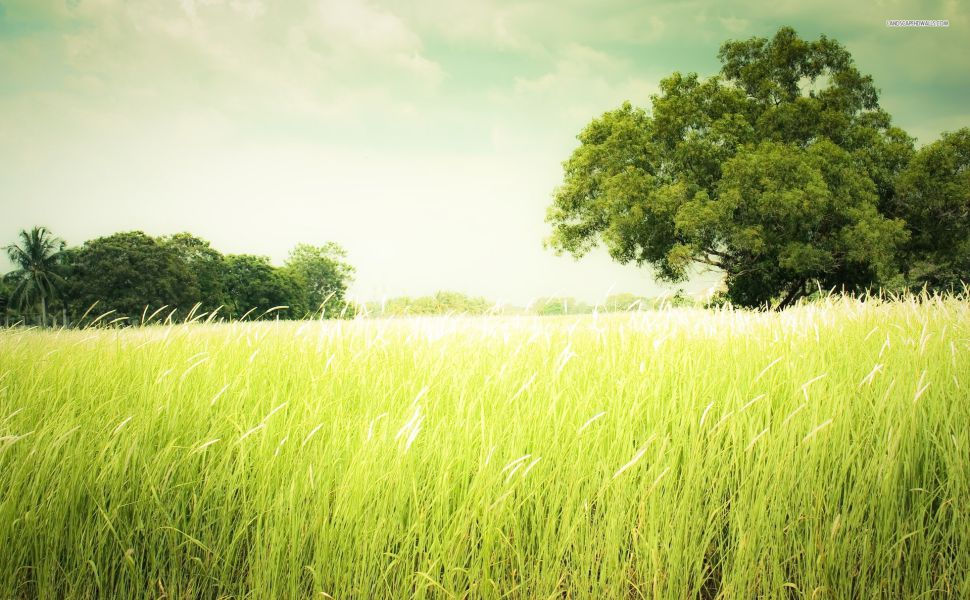Quit the Grass
- eyeofthestorm4
- Jan 28, 2022
- 3 min read

Grass on lawns is the largest problem facing America today, and you, by having a lawn, are actively destroying our planet.
But I want a green lawn, Ephraim, I can hear you say. And what’s the harm? What’s the harm? Oh boy, here we go.
First of all, lawn is a massive waste of space. Americans cultivate more than 40 million acres of lawns, or 63,000 square miles, according to researchers from NASA, the NOAA, and three western Universities. This is an area around the size of New England.
Now, if the world didn’t have problems, wasting space wouldn’t be a big deal. But it does.
One that comes to my mind is rapid, anthropogenic climate change. How does your mowed-and-watered lawn stack up on the climate issue? It soaks up negligible amounts of carbon from the atmosphere, or perhaps even causes net increases in greenhouse gases.
Remember that it takes carbon (in the form of fossil fuels) to transport the water you use and to power the lawnmower, and the common fertilizer component nitrate can lead to the formation of nitrous oxide, a greenhouse gas 300 times more potent than CO2.
Even doing nothing-- allowing the space to revert back to natural grassland, rather than manicured lawn grass-- would cause an acre of land to soak up around 3,000 pounds of CO2 annually, according to the group Native Plants and Wildlife Gardens.
If all 40,000,000 acres of lawn grass were simply left to their natural state, 12 billion pounds of CO2 annually would be removed from the atmosphere. And if trees were planted and forests established in all of this space, that number would be 16 billion pounds, or perhaps even more.
And greenhouse gases aren’t all that’s wrong with lawns. The amount of water needed to irrigate the collective American lawn is potentially as much as 19.5 trillion gallons of water a year, more than 10% of the Mississippi River’s annual discharge.
Now, in a region with ample rainfall, this is not problematic: the water evaporates and returns as rain, with no losses. But in the drought-stricken West and particularly in California, where rain is scarce and droughts are plentiful, the luxury of waiting for the water cycle to return the expended water to reservoirs and rivers cannot be afforded.
And even in areas blessed with heavy rainfall, the transportation of water to your house is costing you money and costing the world carbon emissions.
To review: Our lawns have a negligible-to-counterproductive effect on greenhouse gases and require colossal volumes of water. Just leaving the land alone, without even planting any trees, would filter 12,000,000,000 pounds of carbon dioxide out of the atmosphere and cut down on usage of natural resources. We are actively hurting the planet in search of our precious green blankets.
And for those who seek new ways to make money from this space, this can be achieved alongside the aforementioned environmental benefits. A garden filled with fresh vegetables, an orchard with fruit trees, a small patch of cereal grains-- all these would save money at the supermarket, while providing even fresher food.
And a small solar array, consisting of around thirty panels and taking up five-hundred square feet or less, would provide enough electricity for the average household, potentially saving $1,300 a year for the average household. And that figure doesn’t even take into account the generous federal and state incentives to go solar.
One counter-argument I’ve heard voiced is the need for grass as a food source for animals. But this is a foolish point.
The deer, rabbits, and squirrels which roam on our lawns are all classified as being of the least in danger for extinction and received the safest possible rating a species can get from the IUCN.
In addition, ample natural grassland already exists in the United States to support these species even if all lawn areas were converted to other uses. Leave alone the fact that much lost lawn space will simply become natural grassland.
And, if you take a step back from modern society and think about how to explain lawns to an Ancient Egyptian, say, or Roman, what argument would you give? That we invest time, money, and care into a plant that we can’t eat, and then we cut it down and threw out whatever grew?
So you, dear reader, have a choice. Will you continue to cultivate a pointless plant, watering and cutting it without any harvest, allowing it dominate vast swaths of land and consume vast amounts of resources?
Or will you see the light and convert your extra lot space into productive land, producing a harvest, electricity, or both, and saving the world in the process? The choice is yours.

Comments